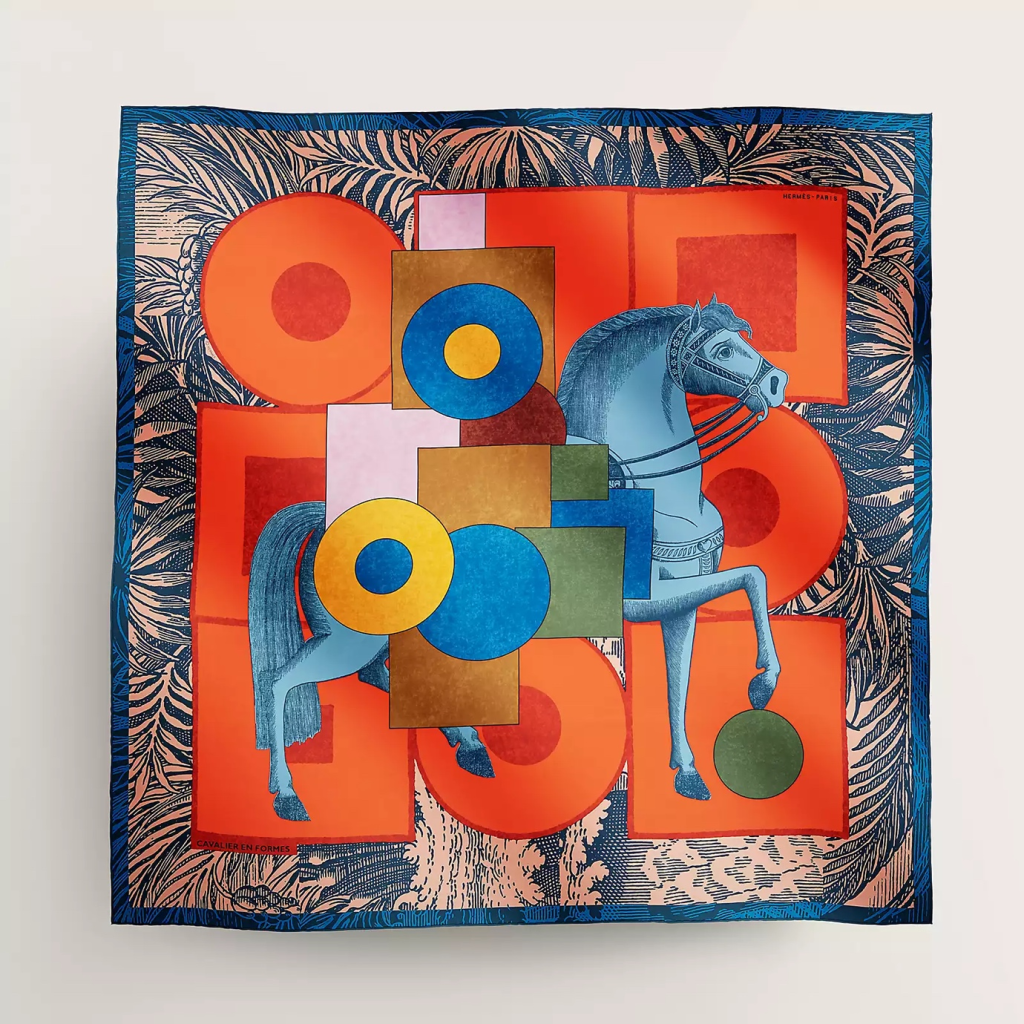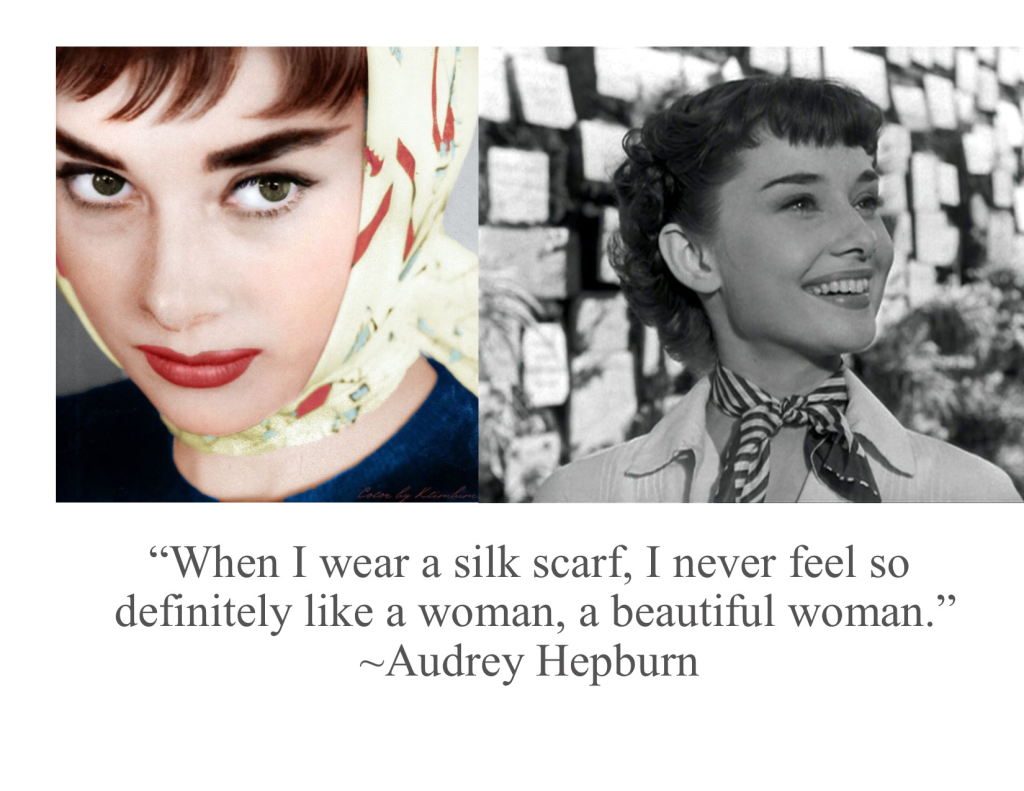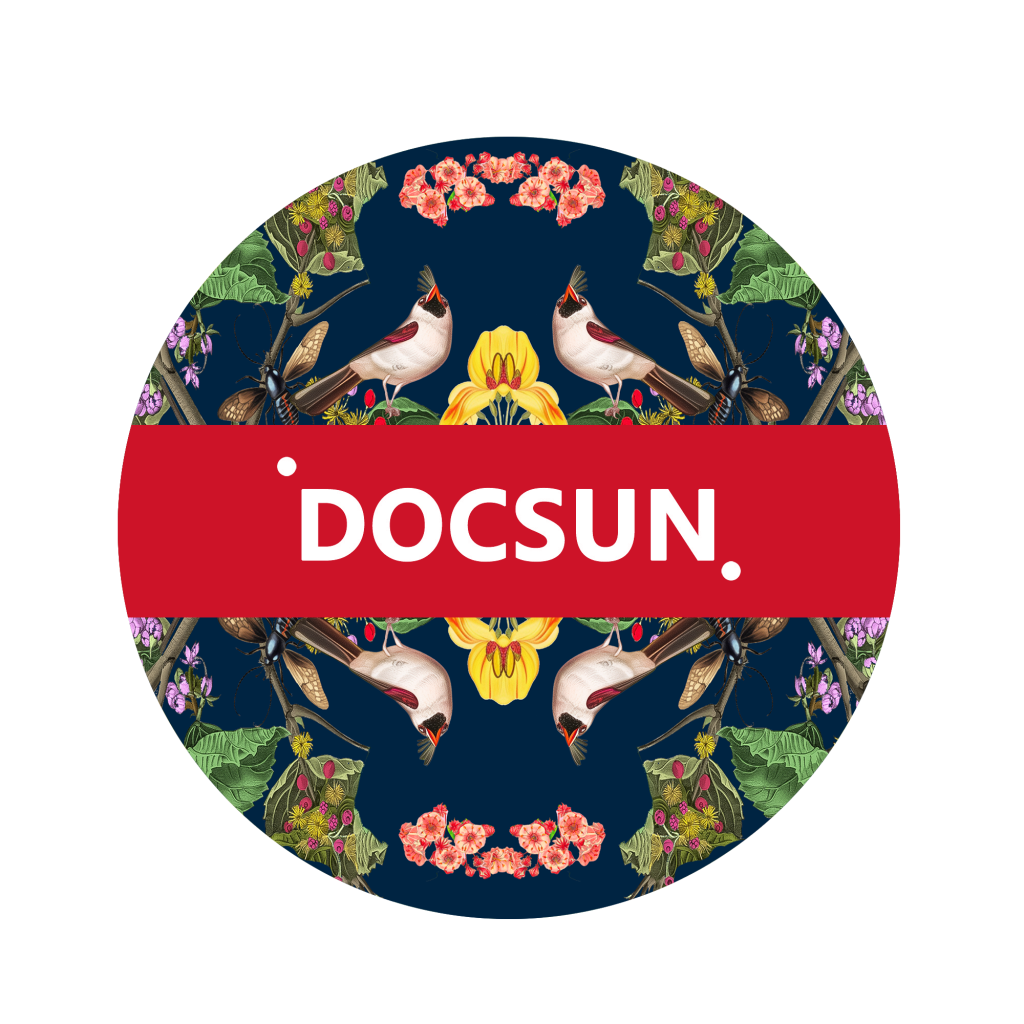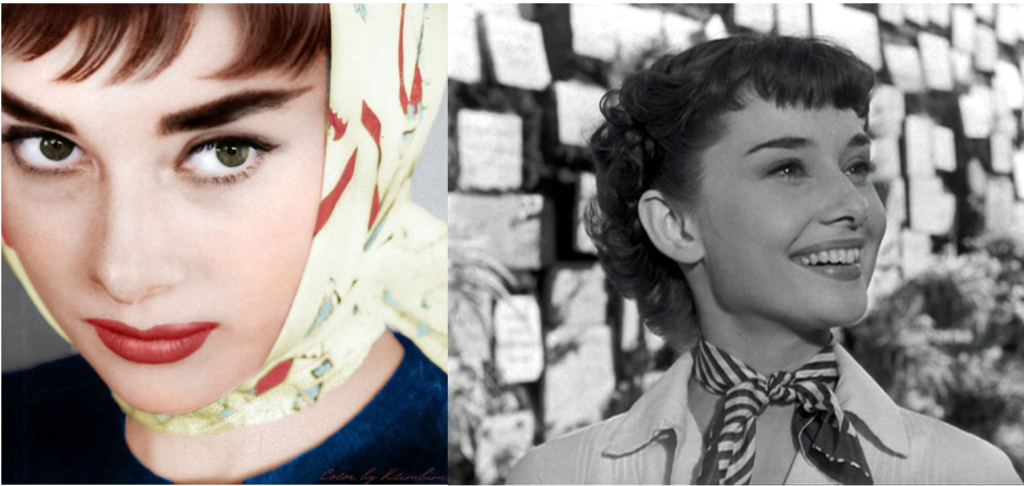サドルからシルクへ:エルメスの世界的ラグジュアリーアイコンへの進化
著者グレース・パン
日付 2025年1月12日
エルメスがどんなブランドであるかは、説明するまでもないだろう。しかし、馬具の製造とハンドバッグの製造は同じ皮革工芸であり、強い結びつきがあるとすれば、シルクスカーフの製造はなぜ有名になったのだろうか?そこで今回は、エルメスのシルクスカーフの成長の軌跡と、それがエルメスを世界的なラグジュアリー・アイコンへと成長させるのにどのように役立っているのかについて解説してみたい。
エルメスは1837年、ティエリ・エルメスによってパリで創業された。当初は馬車用の高品質な馬具と鞍を専門としていた。これらの製品はヨーロッパの貴族や王族のために作られ、卓越した革細工と耐久性を重視していた。馬具はエルメスの初期の成功の礎であり、精密なクラフツマンシップの名声を確立した。
精巧なクラフツマンシップの評判は瞬く間に高まり、革製品と乗馬用品のリーダーとしての地位を確立した。
エルメスがシルクスカーフを発売したのはいつですか?
20世紀になると、エルメスはティエリーの子孫のもと、ハンドバッグ、プレタポルテ、アクセサリーを発表し、商品を拡大していった。1937年、エルメスは初のシルクスカーフを発表。 カレ.この決断は、戦略的な先見性と創造的な機会の両方によってなされた。ティエリ・エルメスの孫であるエミール=モーリス・エルメスのもとでエルメスが発展するにつれ、ブランドの特徴であるクラフトマンシップとラグジュアリーな魅力を保ちつつ、提供する商品を多様化させるという意図的な取り組みがなされた。
この動きは、エルメスのポートフォリオを充実させただけでなく、時代を超越したエレガンスと緻密な芸術性の代名詞としての地位を確固たるものにした。

初期のエルメス・シルク カレ (スカーフデザイン
写真の出典 https://www.hermes.com/fr/fr/product/carre-90-cavalier-en-formes-H004008Sv01/
この決断に影響を与えたいくつかの要因を挙げてみよう:
遺産の補完
エルメスはすでに乗馬用革製品で高い評価を確立していた。乗馬をモチーフにしたシルクスカーフを発表したことで、エルメスはそのルーツを守りながら、商品の幅を広げることができた。
新しいライフスタイルへの対応
20世紀初頭、社会の変化により、旅行や贅沢なライフスタイルがますます重視されるようになった。シルクのスカーフは携帯性に優れ、スタイリッシュで汎用性が高く、流行に敏感な消費者にとって理想的なアクセサリーでした。
芸術的表現
エルメスは、芸術性とクラフツマンシップを称えようとした。シルクをキャンバスに、自然、神話、世界の文化といったテーマを反映した、細部まで色彩豊かなデザインを展開。
ブランドの多様化
シルクに進出したことで、エルメスは、高級品市場で成長しつつあった女性層を含む、より幅広い層にリーチすることができた。
シルクスカーフの運動は成功したのか?
そうだった!シルクスカーフのムーブメントはエルメスにとって大成功となり、伝統的な革製品に取って代わるのではなく、それを補完するものとなった。ケリーやバーキンのようなエルメスの革製品がアイコニックな定番商品であり続ける一方で、シルクスカーフはラグジュアリーの文化的・芸術的シンボルとして独自のニッチを切り開いてきた。
その歴史を振り返ってみると、エルメスが世界的に有名なブランドになったのは、3つの重要な展開によるところが大きい:
1920年代の拡大
エミール=モーリス・エルメスは女性用ハンドバッグを発表し、フランスで初めてジッパーを採用。
1937年のシルクスカーフの発売
このスカーフは瞬く間に文化的アイコンとなり、エルメスは世界中の家庭で愛用されるようになった。
セレブリティの推薦(20世紀半ば)
エルメス製品がハリウッドスターや王族と結びついたことで、エルメスの名声は世界的なラグジュアリー・アイコンへと高まった。
スカーフは、グレース・ケリー、オードリー・ヘプバーン、ジャッキー・ケネディといったスタイル・アイコンとの出会いによって、世界的な名声を獲得した。今日、エルメスは時代を超越したエレガンスの代名詞であり続けている。 ブライズ・ド・ガラ そして ジャングル・ラブ.伝統と革新への献身が、ラグジュアリーファッションのリーダーとしての地位を確固たるものにしている。

写真の出典 https://www.hermes.com/fr/fr/product/carre-90-cavalier-en-formes-H004008Sv01/
一方 バーキン そして ケリー バッグは高級感とレザーのクラフツマンシップを象徴し、シルクスカーフはエルメスの創造的な多様性とファッション界における不朽の遺産を体現している。どちらの製品も、世界的な高級ブランドとしてのエルメスのアイデンティティに欠かせないものです。
エルメスのレザーとシルク製品は、どのように助け合ってその名声を高めているのだろうか?
シルクスカーフ VS.革製品の成功
革製品は当初、馬術のエリートに限られていたが、シルクのスカーフはエルメスの魅力をより多くの人々、特に女性に広めた。スカーフはより手に取りやすい価格であり、消費者は大きな商品を購入することなく、エルメスの職人技の一部を所有することができた。
文化的影響
シルクのスカーフは20世紀半ばにスタイルの主張となった。グレース・ケリーがエルメスのスカーフをスリングとして使用したことは有名で、オードリー・ヘプバーンやジャッキー・ケネディがエルメスのスカーフを身に着けて頻繁に登場したことで、エルメスの魅力はさらに確固たるものとなり、エルメスは世界的なラグジュアリー・アイコンへと成長した。

写真の出典 https://luxlivingaz.com/blog/2019/9/4/the-incredible-legacy-of-the-herms-scarf?format=amp
エルメスのスカーフをスリングとして着用するグレース・ケリー

芸術性
エルメスのシルクスカーフは綿密にデザインされ、その開発にはしばしば数年を要する。アーティストが細部まで描き込んだモチーフは、伝統的な技法でスクリーンプリントされる。1枚のスカーフに45色ものシルクスクリーンの枠が使われ、エルメスの芸術性へのこだわりを際立たせている。
エルメスのスカーフの複雑で変化し続けるデザインは、コレクターの心をくすぐり、アイコニックな存在となり、芸術的ファッションのリーダーとしての地位を確立した。
最後になったが、ハンドバッグ、シルクスカーフ、プレタポルテなど、ブランドが他の高級品に多角化しても、エルメスは馬術のルーツに忠実であり続けた。今日に至るまで、エルメスは鞍と乗馬用具を作り続け、エレガンスと品質のシンボルとしてエルメスのアイデンティティを形作った伝統を称えている。そう、タイトルにある "馬具 "は、エルメスの始まりに由来しているのだ!
[私たちの 版画のビッグフェイム このシリーズは、世界で最も有名なテキスタイルとプリントのパイオニアの遺産を称えるものである。このシリーズでは、彼らのビジネスストーリー、時代を超越したデザイン、そして世界のファッション、インテリア、文化的美学への不朽の影響力について掘り下げていく]。
このシリーズの他の記事
エルメスのスカーフの芸術:ラグジュアリーを定義する簡単な分析
さらなるコラボレーションをお求めの方は、以下をご覧ください。 ドクソンシルク


